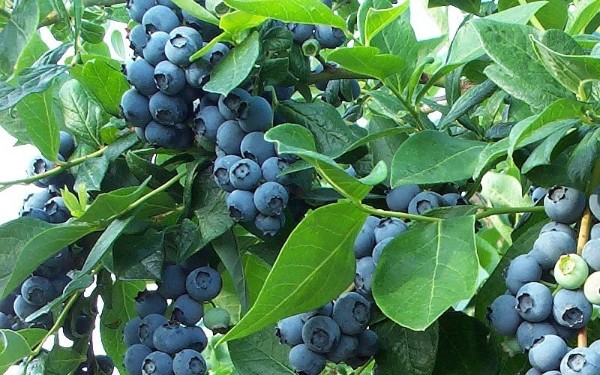Agriculture & Natural Resources
Clinch County is home to a host of agricultural commodities including blueberry, timber, honeybees, and row crop production. Our Agriculture and Natural Resources programs provide research-based information, educational programming and resources to homeowners and commercial clientele in the areas of landscape maintenance, pest control, wildlife control, vegetable and fruit production, annuals, perennials, gold medal winners, trees, shrubs, turf-grass and alternative agriculture production. We also connect the citizens of Clinch County with certified arborist in the county.
Own a commercial farm?
We are the source of unbiased, research-based information for commercial farmers. We would be love to come out and take a look at your operation! We can help with topics like:
- Developing a budget and forecasting prices
- Choosing the right varieties to plant
- Stopping the insects and diseases destroying your crops
You'll find on this page our most frequently requested publications. Call us if you want to know more!




